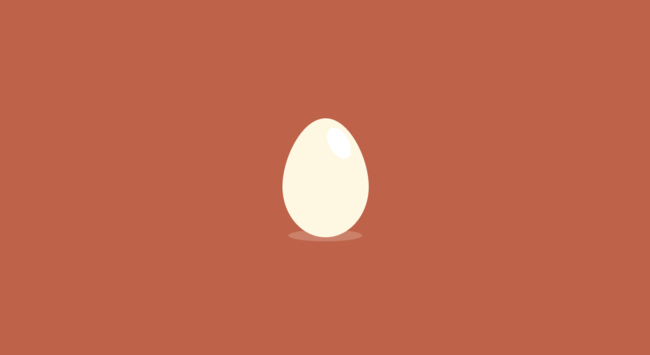A Million Different Worlds

This is an essay original written and published by Stemmings.
It’s easy for designers and engineers to discuss new trends, technologies and the minutiae of our professions. It’s a common occasion that, as an industry, we reference ourselves into a functional “us” and “everyone else.” It manifests as referring to the nebulous entity of our “users” as if they are a different set of people with different problems and can’t effectively use our technology. The truth of these assumptions is usually anecdotal and often incorrect, but of course that doesn’t stop us.
Recently, I came across an article in Forbes about egg regulations. The broad story is that the USA and UK’s standards for preparing and selling eggs are effectively opposite. It was fascinating, but it made me realize: I don’t know shit about eggs. Sure, I buy eggs at the grocery store and I know I cook them, but there is an entire industry and ecosystem around how chickens and their eggs make it to consumers.
I thought: “Damn, I am the user.” In this situation, I am the customer who doesn’t know the first thing about the process by which my eggs get to me: regulated, cleaned, shipped, safe to eat. It’s humbling. What makes me feel even smaller is design and chicken eggs are only two industries out of millions.
Each one is a different world with its own challenges, process, terminology and people; and because they are all so seamless within modern society, we take it for granted, and barely acknowledge their existence—if at all. Coffee, fishing, airline compliance, overnight shipping, paintball… you get the idea. There are millions—conceivably billions. I have no clue. That’s what’s so crazy: our world is so full of infrastructure, services and technology that it’s tough to fathom how much specialization and work is required to drive it all day, every day.
Personally, I feel this has huge implications for user experience and how I respect my customers. I have been making a concerted effort to refer to people who use products I work on not as “users,” but customers. A user is a vague label with little inherent respect. A customer is someone who is using your product for a service they need. There is exchange of expertise and services.
As much as people rely on designers and engineers for software and related product development, we rely on them for products and services which are equally as important—and we are just as ignorant of it. At the end of the day, everyone comes from their own experience, their own context and with their own passions. I know when I build interfaces that I will be trying my best to design for someone who is likely coming from a different world. Maybe this time it’s eggs.